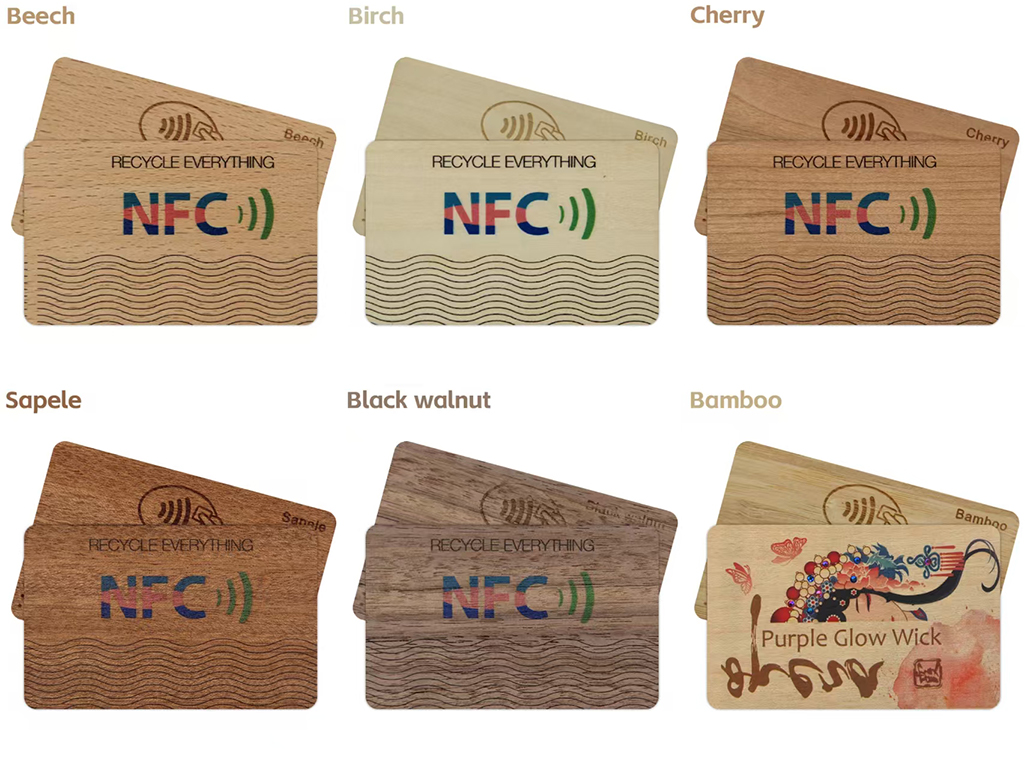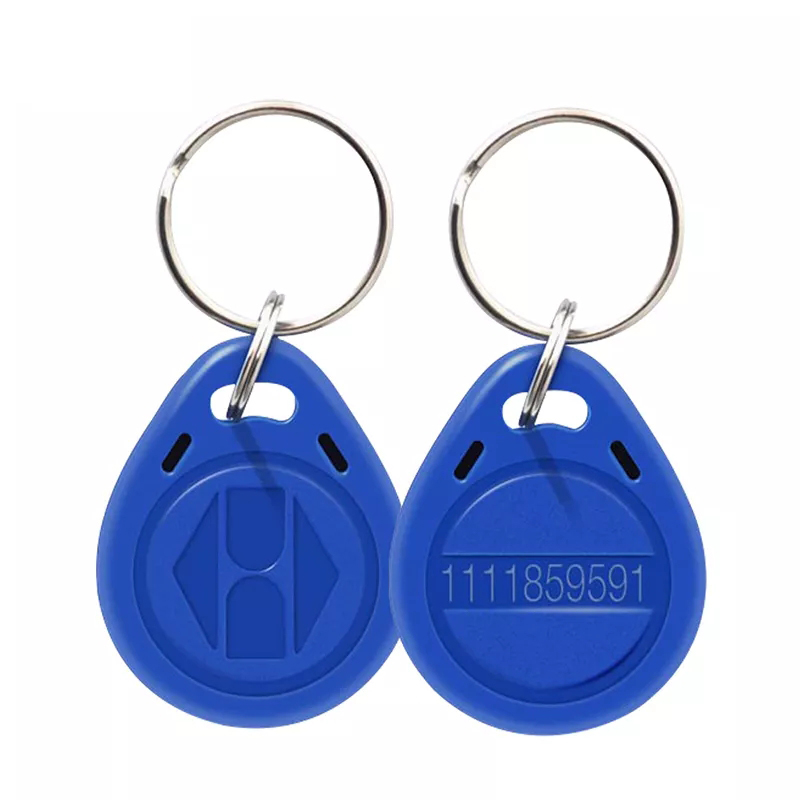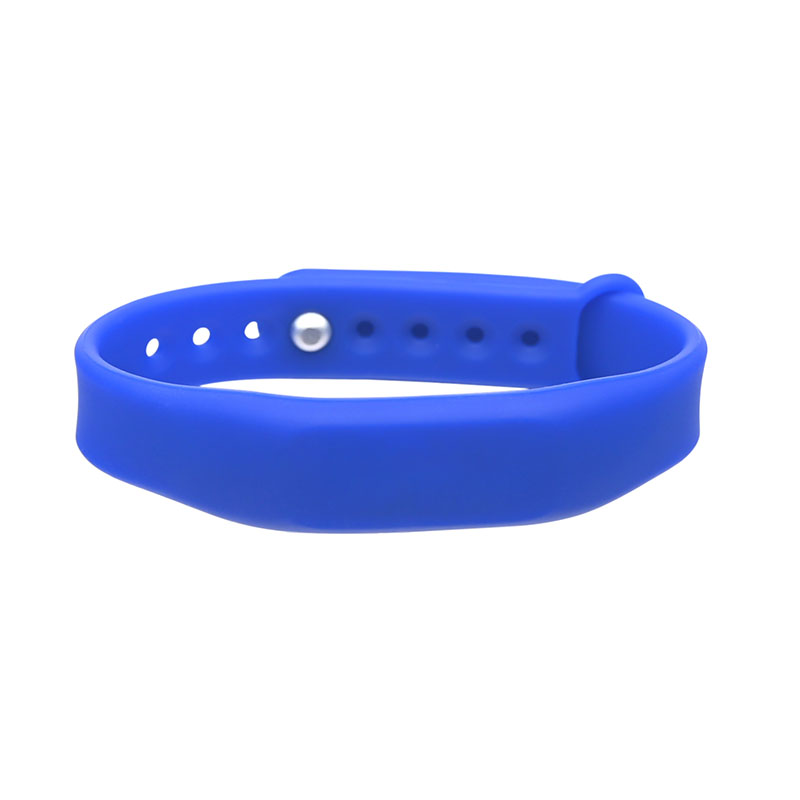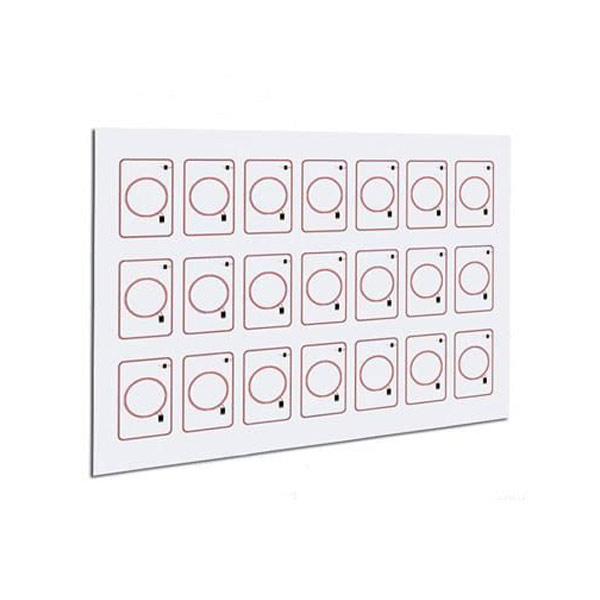
The hospitality industry is undergoing one of its most significant transformations in decades. Modern travelers increasingly expect not only comfort and convenience but also visible commitments to sustainability. Hotels, in turn, are re-evaluating every aspect of their operations — from construction materials to guest amenities — through an environmental lens. Among these subtle yet impactful changes, RFID wood Hotel Key Cards have emerged as a practical and symbolic innovation that blends eco-friendly design with smart access technology.
Replacing traditional PVC cards with wooden RFID alternatives may seem like a small operational shift, but its implications reach far beyond the front desk. It reflects a broader redefinition of what “luxury” and “modern hospitality” mean in the 21st century — where technology, sustainability, and guest experience coexist seamlessly.
This comprehensive guide explores how RFID wood Hotel Key Cards work, why hotels are embracing them, their technical capabilities, implementation strategies, and what the future holds for sustainable Access Control.
RFID stands for Radio Frequency Identification, a technology that enables wireless communication between a reader (installed in door locks or access points) and a microchip embedded inside the card. When a guest taps or holds the card near the reader, a unique encrypted signal authenticates access — without physical contact or magnetic strips.
What distinguishes RFID wood Hotel Key Cards from traditional ones is not the technology itself but the substrate material. Instead of petroleum-based PVC, these cards use sustainably sourced wood — such as bamboo, maple, beech, or walnut — processed into thin, durable veneers that can encase or support the RFID chip.
Technically, the chip and antenna are identical to those used in conventional RFID cards, meaning there is no performance compromise. The result is a card that feels warmer and more natural to the touch, aligns with environmental values, and performs flawlessly in modern Access Control systems.
Technical Components
RFID Chip: Typically MIFARE Classic®, DESFire EV2®, or NTAG® chipsets, offering encrypted memory and fast data transmission.
Antenna Coil: Embedded copper or aluminum coil facilitating contactless communication within a 2–10 cm range.
Wooden Layer: FSC-certified, polished, and optionally coated with eco-friendly resin for durability and moisture resistance.
Together, these components form a hybrid product that combines natural aesthetics, security, and technical precision.
2. Why the Hospitality Industry Is Moving Toward Wooden RFID Cards
A Shift Driven by Sustainability
Hotels are under growing pressure from both regulators and consumers to reduce single-use plastics and demonstrate tangible sustainability practices. Traditional PVC Key cards, though inexpensive, contribute significantly to plastic waste — with an estimated 150 billion cards produced annually worldwide, most of which are non-recyclable.
Wooden RFID cards provide a clear alternative. By utilizing renewable resources and biodegradable materials, hotels can reduce plastic consumption by up to 90% in their access systems. The change supports LEED, Green Key, and ISO 14001 certification efforts, helping brands communicate measurable progress toward carbon reduction goals.
Aligning with Brand Values
Beyond the environmental benefits, wooden Key cards serve as powerful storytelling tools. For a guest, holding a wooden card creates a tactile sense of authenticity and craftsmanship. For a hotel, it becomes a statement — an embodiment of their values in every check-in experience.
Luxury resorts, eco-retreats, and boutique chains often leverage wooden RFID cards as part of a broader green identity, aligning their branding with global trends toward conscious travel and minimal environmental footprint.
3. Performance and Compatibility
One of the most common questions hotel managers ask before adopting wooden cards is whether they perform as reliably as PVC cards. The answer, supported by field testing and supplier data, is yes.
Compatibility Across Systems
Wooden RFID cards are fully compatible with major Access Control systems, including:
Salto Systems
VingCard / Assa Abloy
Onity
KABA / Saflok
MIWA, Adel, and Be-Tech
These systems primarily use 13.56 MHz (HF) or 125 kHz (LF) RFID technology, both of which are supported by wooden cards. Encoding, encryption, and door access protocols remain identical, meaning hotels can switch materials without modifying their lock infrastructure.
Durability and Functionality
Contrary to misconceptions, well-produced wooden cards are highly durable. They are sealed with water-resistant coatings and tested under various temperature and humidity conditions. Average read distances range from 2 to 5 centimeters, meeting or exceeding the standards of PVC counterparts.
Additionally, wooden cards can be embedded with dual-frequency chips for multi-application use — granting access to rooms, spas, gyms, and parking facilities using a single card.
4. Design and Customization Opportunities
One of the greatest advantages of wooden RFID cards lies in their design flexibility. Each piece of wood carries unique grain patterns and natural tones, making every card visually distinctive.
Hotels can leverage this individuality to enhance brand perception. Typical customization options include:
Laser engraving: Ideal for logos and minimalist branding.
Full-color UV printing: Suitable for intricate graphics or full-surface artwork.
Hot foil stamping: Adds metallic accents such as gold or silver logos.
Custom shapes or rounded edges: To match brand identity or theme.
The combination of natural material and refined finishing techniques produces a premium, tactile guest experience that digital solutions alone cannot replicate. Some hotels even use their Key cards as souvenirs or marketing tools, encouraging guests to retain them as a memento — subtly extending brand exposure.

5. Implementation and Integration of RFID Wood Hotel Key Cards
Transitioning from traditional PVC cards to wooden RFID cards requires careful planning to ensure operational efficiency, guest satisfaction, and long-term sustainability benefits. While the technology itself is compatible with existing RFID systems, a structured approach helps hotels minimize disruption and maximize ROI.
Step 1: Conduct a System Compatibility Audit
Before adopting wooden RFID cards, hotels should thoroughly evaluate their existing Access Control systems. Confirm the lock brand, model, and frequency support (e.g., 13.56 MHz HF or 125 kHz LF). Most modern systems such as Salto, Onity, VingCard, or Saflok are fully compatible with MIFARE or NTAG chip types embedded in wooden cards. Identifying system requirements early prevents deployment errors and reduces operational downtime.
Step 2: Test Prototype Cards
Hotels should request sample cards from suppliers to validate read reliability, chip encoding, and physical durability. Field testing under realistic conditions — including temperature, humidity, and daily handling — ensures that the cards meet both operational and guest experience standards. This stage allows engineering teams to adjust configurations, such as read range calibration or encoding schemes, before committing to bulk production.
Step 3: Approve Design and Branding Specifications
Wooden RFID cards offer high customization potential, but natural variations in wood grain require careful planning. Hotels should finalize engraving depth, logo positioning, edge finishes, and protective coatings. Using mock-ups or digital renders alongside physical prototypes ensures the final product aligns with both aesthetic and functional requirements.
Step 4: Plan a Phased Rollout
Implementing the new cards gradually minimizes operational risk. Hotels often begin with premium rooms, suites, or eco-themed floors, collecting feedback from staff and guests. Once the system is validated, rollout can expand to the entire property. Phased implementation also allows time to update staff protocols, train front-desk personnel, and adjust logistical processes, such as storage and replenishment schedules.
Step 5: Staff Training and Maintenance Protocols
Even though wooden cards are highly durable, they require proper handling. Staff should be trained to avoid prolonged exposure to moisture or heat, store cards in protective holders, and manage encoding or reprogramming when necessary. Clear protocols maintain card longevity and prevent guest inconvenience.
6. Financial and Operational Considerations
While wooden RFID cards carry a slightly higher upfront cost compared to PVC, they offer significant long-term value. Beyond material durability, the investment contributes to enhanced guest perception, sustainable branding, and operational efficiency.
Lifecycle Cost Efficiency: High-quality wooden cards typically last longer than thin PVC cards, reducing replacement frequency.
Brand Differentiation: A premium, eco-friendly tactile experience can increase guest satisfaction scores and loyalty, which indirectly supports revenue growth.
Marketing and ESG Benefits: Sustainable procurement decisions contribute to ESG reporting, corporate social responsibility goals, and potential recognition through eco-certifications such as LEED or Green Key.
When considered as part of a broader property-wide sustainability initiative, the financial and brand benefits of wooden RFID cards often outweigh the marginal increase in unit cost, making them a sound strategic investment for forward-thinking hotels.
7. Security and Data Protection
Security remains a core requirement for hotel Access Control. Wooden RFID cards maintain the same high security standards as traditional plastic cards. Advanced encryption and access management features ensure that switching to wood does not compromise operational integrity.
Encryption Standards: Cards support AES or 3DES encryption to prevent unauthorized duplication.
Anti-Cloning Measures: Each card carries a unique identifier, and advanced systems allow hierarchical Key management for staff or multi-level guest access.
Reliability: Read/write operations, error correction, and authentication processes are identical to PVC cards, ensuring operational continuity.
By maintaining these technical standards, hotels can confidently adopt wooden RFID cards without introducing security vulnerabilities.
8. Sustainability Credentials and Material Traceability
For B2B decision-makers, the credibility of environmental claims is critical. Reputable wooden RFID card suppliers source FSC-certified wood, ensuring responsible forestry and traceable supply chains. In addition, environmentally conscious production processes — such as low-VOC adhesives and water-based coatings — minimize chemical emissions and enhance guest safety.
Implementing such products enables hotels to:
Demonstrate measurable reductions in plastic waste.
Integrate physical sustainability initiatives into corporate ESG reports.
Support certifications such as LEED, Green Key, or ISO 20121, which can influence corporate client bookings and investor confidence.
By aligning access card procurement with verified sustainability practices, hotels signal serious commitment to both environmental responsibility and operational professionalism.
9. Future Outlook: Integrating Physical and Digital Access
The hospitality industry is moving toward hybrid access ecosystems, combining traditional physical cards with mobile Keys, wearable credentials, and smart room automation. Wooden RFID cards complement these systems by providing:
A tangible, durable alternative for guests who prefer physical Keys.
A low-carbon, tactile touchpoint that reinforces sustainability branding.
Seamless integration into existing RFID infrastructure, supporting multi-purpose access for rooms, amenities, and services.
Even as mobile and digital Keys become more prevalent, wooden RFID cards retain a strategic role — both operationally and symbolically — embodying a hotel’s commitment to quality, sustainability, and innovation.
10. Conclusion
The adoption of RFID wood Hotel Key Cards represents a strategic investment that combines technological reliability, aesthetic quality, and environmental responsibility. For hotels and resorts aiming to modernize Access Control systems while simultaneously enhancing brand perception, these cards offer a practical, credible, and future-ready solution.
By carefully planning implementation, leveraging customization options, and selecting FSC-certified materials, hotels can achieve operational efficiency, guest satisfaction, and measurable ESG outcomes.
In today’s market, where sustainability and experience are equally valued, wooden RFID Key cards exemplify how a seemingly small operational decision can deliver substantial brand and environmental impact, aligning luxury hospitality with modern corporate responsibility.






